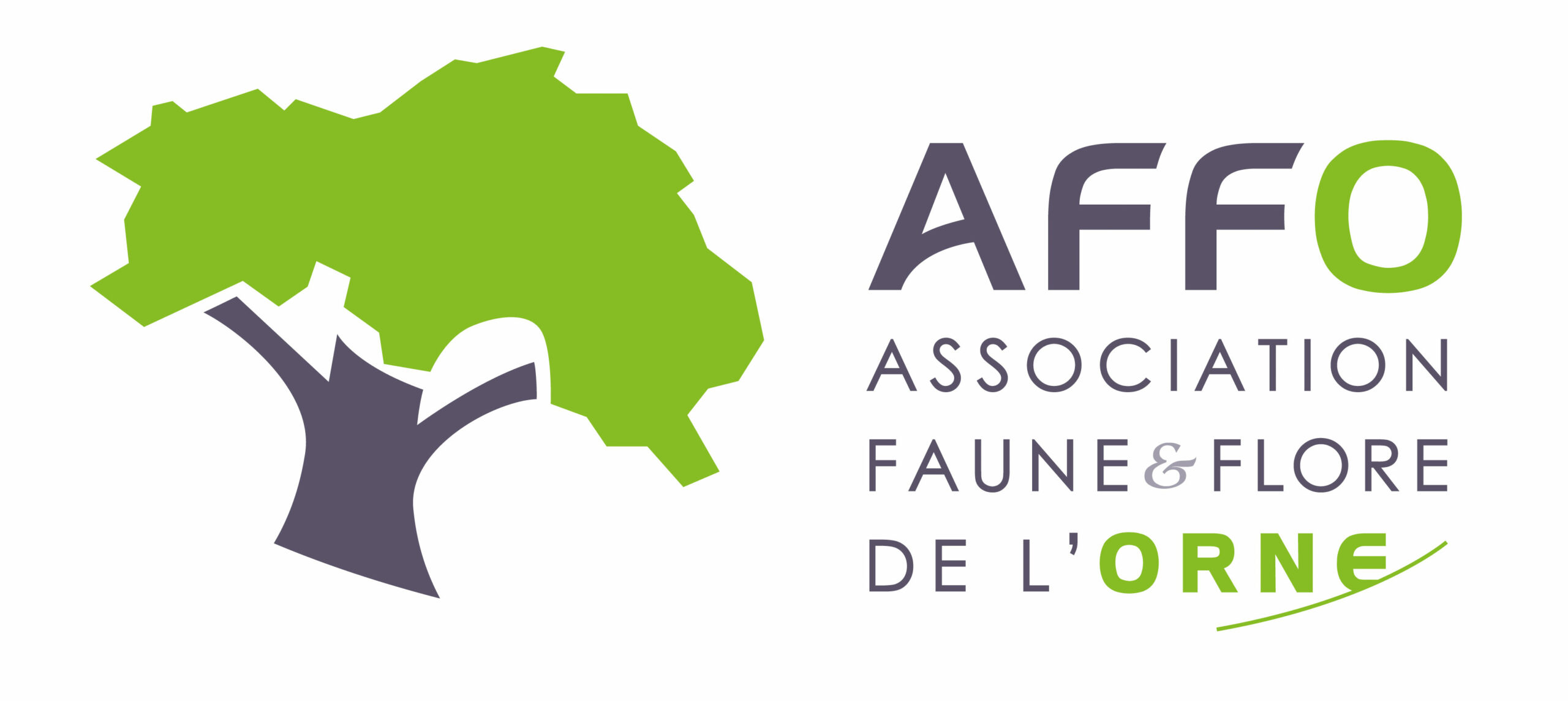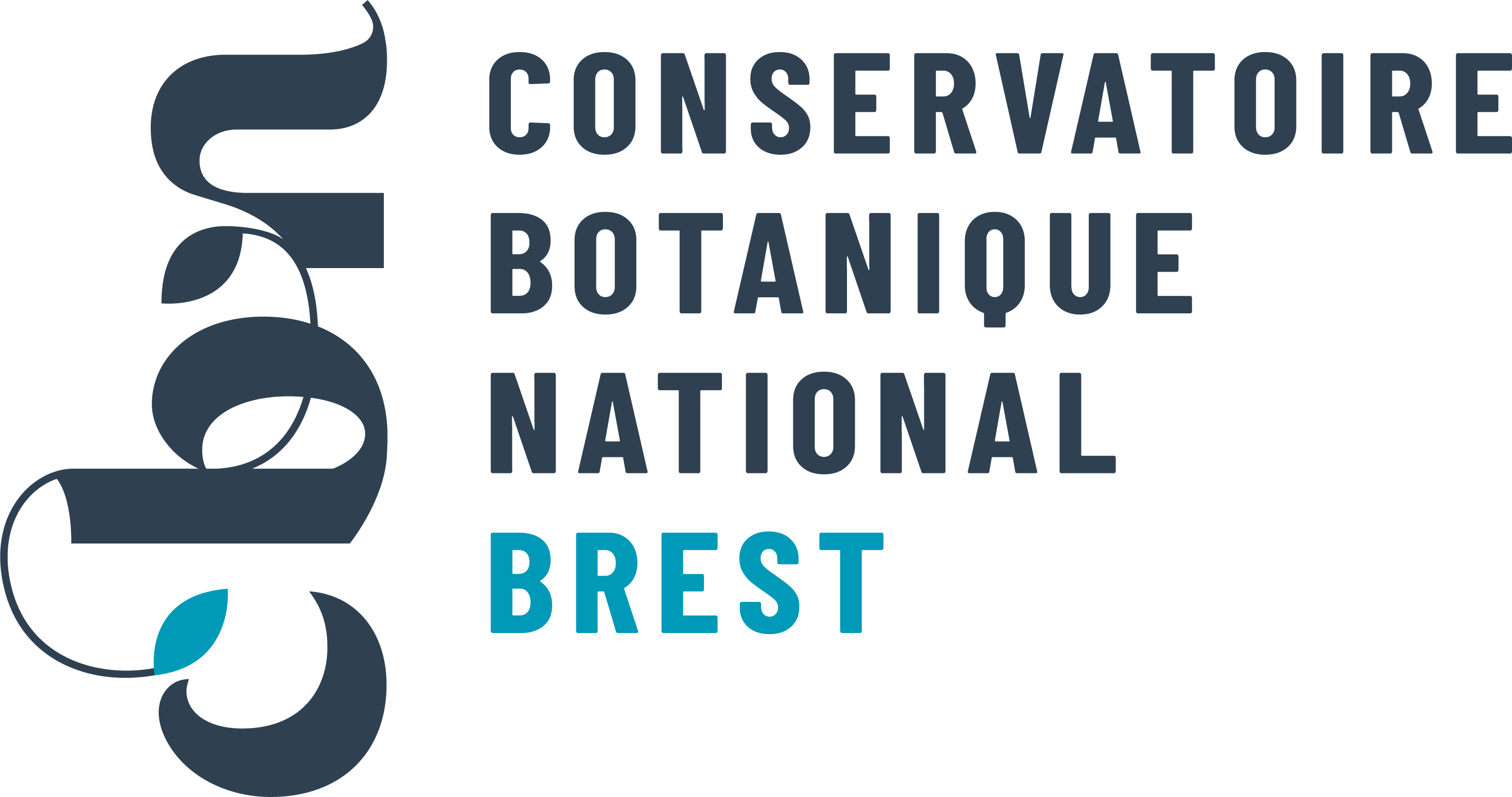Liondent des rochers
Leontodon saxatilis Lam., 1779
Où cette espèce a-t-elle été observée ?
 Attention : cette espèce peut être présente où il n’y a pas de maille, mais à ce jour elle n’y a pas encore été observée.
Attention : cette espèce peut être présente où il n’y a pas de maille, mais à ce jour elle n’y a pas encore été observée.
- 29 observations
-
23
communes -
12
observateurs
7
organismes -
Première observation
1965 -
Dernière observation
2025
Authon-du-Perche - Béthonvilliers - Charbonnières - Combres - Cour-Maugis sur Huisne - Fontaine-Simon - La Chapelle-Fortin - La Ferté-Vidame - La Loupe - Lamblore - La Ventrouze - Les Autels-Villevillon - Les Ressuintes - Longny les Villages - Marolles-les-Buis - Montlandon - Perche en Nocé - Saintigny - Saint-Jean-Pierre-Fixte - Saint-Maurice-Saint-Germain - Saint-Victor-de-Buthon - Trizay-Coutretot-Saint-Serge - Vichères
-
Conservatoire botanique national du Bassin parisien (CBNBP)
Participation à 19 Observations
Part d'aide à la prospection : 65.52 %
Fiche organisme
-
Association Faune & Flore de l'Orne (AFFO)
Participation à 4 Observations
Part d'aide à la prospection : 13.79 %
Fiche organisme
-
UMS PatriNat (OFB-CNRS-MNHN)
Participation à 3 Observations
Part d'aide à la prospection : 10.34 %
Fiche organisme
-
PNR et géoparc mondial UNESCO Normandie-Maine
Participation à 2 Observations
Part d'aide à la prospection : 6.90 %
Fiche organisme
-
Conservatoire Botanique National de Brest (CBNB)
Participation à 2 Observations
Part d'aide à la prospection : 6.90 %
Fiche organisme
-
Ministère de la Transition écologique et de la Cohésion des territoires
Participation à 1 Observation
Part d'aide à la prospection : 3.45 %
Fiche organisme
Informations espèce
Répartition actuelle en France métropolitaine
© INPN - Avertissement : les données visualisables reflètent l'état d'avancement des connaissances et/ou la disponibilité des données existantes au niveau national : elles ne peuvent en aucun cas être considérées comme exhaustives.
Répartition actuelle dans le monde
Avertissement : les données visualisables reflètent l'état d'avancement des connaissances et/ou la disponibilité des données existantes au niveau mondial : elles ne peuvent en aucun cas être considérées comme exhaustives.












